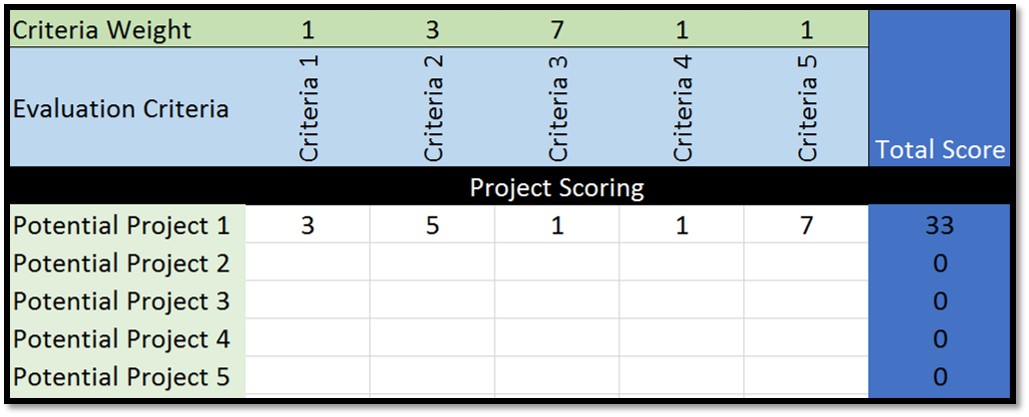 For most, snakes are pretty scary, or creepy, or gross, or [insert other non endearing adjective here]. I admit to screaming and running from a snake or two in my lifetime (I won't reveal my age at the time, but I can assure you - that was the fastest I have EVER ran). What is interesting to me about snakes is their ability to swallow large prey whole, and as it digests, you can actually watch the lump of food move through it's body. (you are probably thinking - where the heck is he going with this? Stick with me here...) I'll spare you the images here, but for those interested, there are plenty of videos on YouTube of snakes eating wolves, deer, and other large animals. The larger the animal, the longer the digestion. If a snake tried to eat something the size of a Volkswagen, could you imagine how that would go? Completely stretched thin, and surely a long, painful digestion. Yikes. So you know what snakes don't do? They don't eat things that are too big to digest. Are snakes smarter than most businesses? Apparently. Businesses try to bite off more than they can digest all the time. Think about it. Does your company have a master list of all the projects that have been started and/or are actively being worked on? I've seen companies have lists with hundreds of active projects. Yes, hundreds - with an 's'. Do you know what happens when you have that many projects being worked on at once? Resources stretched thin, and VERY. SLOW. DIGESTION. It takes FOR-EV-ER to get any of them done. Stop doing that. Find your high impact projects and let the rest sit idle. Here's how to tell the difference. I'll quickly walk through the steps to fill it out a Prioritization Matrix and use it to prioritize your potential projects. I have a free template to make this set up really easy, just click here to get it. A Prioritization Matrix is made up of four components:
Here is a sample layout: Using a Prioritization Matrix in a Few Easy Steps Step 1 - List all the projects you could be working on (If you use the four quadrant method explained here, you’ll be able to pull all your number 2’s into this list.) Helpful hint: if some of these “project candidates” feel like something that can be done in a half an hour or so, there’s no reason to include it on the spreadsheet. Projects that are bigger and are difficult to estimate how long they’re going to take to complete are the ones that really belong in this matrix. Step 2 - Identify the important criteria to be used to "rate" each project and put them in the spreadsheet. Then determine the weight for each criteria and plug them into the spreadsheet as well. (If all the criteria are relatively equal - just put a "1" in for the weight). Step 3 - Now continue through rating every project for every criteria. The “total” column will automatically tabulate the results by multiplying a project's score for each Criteria times the Criteria Weight that you assigned and calculate a total score for each project. If you are an organization that has a lot of projects, this could be a lengthy process, but you will be glad you did it. Step 4 - All you have left to do is sort the spreadsheet by your total score from largest total score to smallest and it will sequence them in the order to work through them. So, back to the original question - can a snake eat something the size of a Volkswagen? Honestly, I'm not really sure. The better question may be, "why would he want to?" Something I am sure about: don't spread yourself too thin by biting off too much and make sure the limited projects you are focused on actually deserve your attention.
6 Comments
Srinivas Vedantam
4/26/2016 08:02:40 am
You have a very good story telling skill that grips the audience.
Reply
Christopher Spranger
4/29/2016 09:40:19 am
I'm glad you enjoy the format! I'm sure we have all been in both of the situations that you describe. I know I have.
Reply
Denise Brueckner
4/26/2016 11:29:29 am
Great information, keep it coming. I enjoy your story lines, and good advice.
Reply
Christopher Spranger
4/29/2016 09:31:25 am
Thanks Denise! I'm glad you find these blogs useful...
Reply
Gavin Swigart
4/27/2016 12:38:02 pm
I have found this to be true with the projects I'm working on. The fewer projects I have going the better I do on the ones that are active. While I was reading this I was thinking about the companies I work with that are implementing ERP.. there's only so much organizational energy to go around and I find that budgeting that energy is something that is consistently difficult for organizations to do. Keep these coming, thanks Chris
Reply
Leave a Reply. |
AuthorChristopher M. Spranger, MBA, ASQ MBB Archives
February 2021
Categories
All
Want to receive free tips on how to use Lean Six Sigma to improve your business? |




 RSS Feed
RSS Feed
